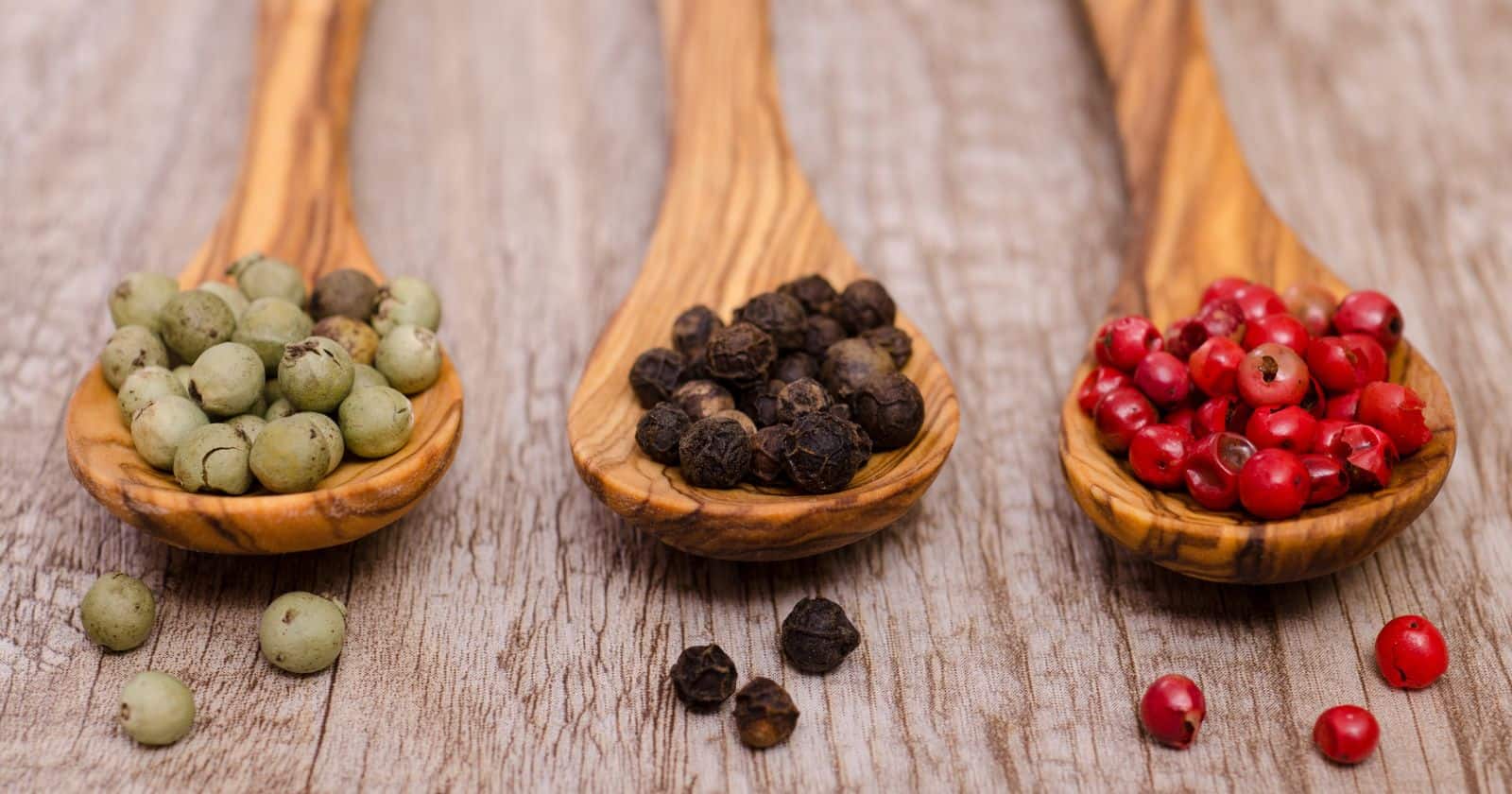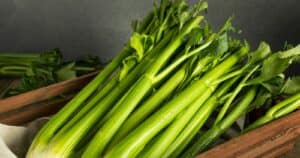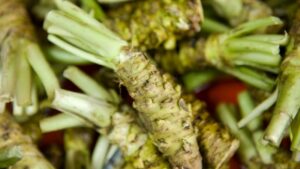Are you tired of bland, flavorless meals? Look no further than the humble peppercorn.
This
Get ready to
Plus, we’ll explore some unexpected ways to incorporate this versatile
Understanding Peppercorns
Peppercorns are fruits that grow on a vine called Piper Nigrum. They come in wide varieties, but black and white are the main species.
Black pepper comes from a fruit that grows on trees, while white pepper can be ground from its seeds. Green peppercorns are immature fruits that can be dried, freeze-dried, or brined. Red and pink peppercorns exist as well.
Peppercorns have been used for their flavor and medicinal properties for thousands of years. They contain an alkaloid called piperine, which is responsible for their spiciness. Piperine is also known to have antioxidant and anti-inflammatory effects.
Peppercorns are a great addition to many recipes, including savory dishes and desserts. Here are some tips for using them:
- Use freshly ground peppercorns for the best flavor.
- Experiment with different colors to add visual interest to your dishes.
- Combine with other spices for a unique flavor profile.
- Crush peppercorns with a mortar and pestle for a coarse texture or grind in a
spice grinder for a fine texture.
Types of Peppercorns
Three main types of peppercorns come from the pepper plant: black, white, and green. There are also pink, Szechuan, and long peppercorns with unique qualities. Here’s a closer look at each type:
Black Peppercorns: These are the most common variety of peppercorns and are harvested from the pepper plant when fully matured.
They’re then cooked and dried, turning them dark in color. Black peppercorns have a pungent, spicy flavor and are used in many dishes.
White Peppercorns: These peppercorns are also harvested when mature but are left to ripen longer than black peppercorns. Once the seed’s outer layer is removed, the inner white root is dried and ground into white pepper.
White pepper is milder than black pepper and is often used in dishes where a less intense flavor is desired.
Green Peppercorns: These peppercorns come from immature pepper berries that are harvested before they’re fully matured.
They’re often preserved in vinegar or brine and have a tangy, slightly sweet flavor. Green peppercorns are a popular ingredient in Thai and other Southeast Asian cuisines.
Pink Peppercorns: Unlike other peppercorns, pink peppercorns don’t come from the pepper plant. Instead, they’re the dried berries of a South American tree called the Peruvian pepper, or the Baies rose plant.
Pink peppercorns have a fruity, slightly sweet flavor and are often used in salads, dressings, and garnish.
Szechuan Peppercorns: These peppercorns have a distinct, numbing, and spicy taste. They come from the Szechuan pepper plant, are native to China, and have a unique flavor often used in Chinese cuisine.
Szechuan peppercorns are crucial in dishes like hot pot and Kung Pao chicken.
Long Peppercorns: These peppercorns come from the Piper longum and have a flavor similar to black pepper with a slightly sweeter taste.
They have a complex flavor with hints of cinnamon and cloves. Long peppercorns are often used in Indian cuisine and can be found in dishes like biryanis and curries.
The Benefits of Peppercorns
Peppercorns offer numerous benefits to our health. They are great for enhancing our food’s flavor and have properties that can prevent and fight against cancer, diabetes, and bacteria.
Black pepper, for instance, contains potent anti-inflammatory and antioxidant properties that positively impact our health. Here are some of the benefits of peppercorns in detail:
- Aid in digestion and weight loss: Peppercorns stimulate the digestive system and promote the secretion of digestive juices, enzymes, and bile that aid in digestion. This leads to improved nutrient absorption, increased metabolism, and faster calorie burning. Piperine, found in black pepper, helps prevent the formation of new fat cells and triggers the release of enzymes that help break down fat.
- Regulate blood pressure levels: Peppercorns can control blood pressure levels due to their rich potassium content. It regulates the fluid balance in the body and maintains healthy blood pressure levels. The magnesium content in peppercorns also helps in reducing the risk of hypertension.
- Anti-cancer properties: Studies have shown that black pepper piperine can prevent cancer cell growth and spread. The antioxidant properties in peppercorns can also neutralize free radicals that cause cell damage and can potentially lead to cancer.
- Antibacterial properties: Peppercorns have antibacterial properties that can help fight against bacterial infections such as E.coli and Salmonella. It is also effective in treating respiratory disorders, coughs, and colds by clearing congestion in the respiratory tract.
- Enhance nutrient absorption: Peppercorns help the body absorb nutrients, such as vitamins B and C, iron, and selenium, from our food. This improves energy levels, healthier skin, and better overall health.
- Bone health: Peppercorns are a good source of manganese which helps in promoting healthy bones. It aids in mineral absorption and supports bone metabolism, leading to stronger bones and the prevention of osteoporosis.
How to Use Peppercorns in Cooking
Peppercorns are a versatile
Peppercorns can make all the difference whether you’re grilling meat, making a sauce, or trying a new recipe.
To use peppercorns in cooking, start by selecting the type of peppercorn that best suits your dish. Black peppercorns are the most common type and can be ground fresh or added whole to enhance the flavor of stocks, stews, curries, and sauces.
Green peppercorns are famous and can be added to mashed potatoes or used in cream-based soups and sauces.
Sichuan peppercorns can provide a numbing sensation that counteracts the heat of chili paste, while fermented black beans can lend a savory flavor to rice cake dishes.
Here are some ways to use peppercorns in cooking:
- Use freshly ground black peppercorns to flavor grilled meats, fish, or vegetables.
- Add whole black peppercorns to soups or stews for depth of flavor.
- Use green peppercorns in a creamy sauce served over beef, pork, or poultry.
- Crush Sichuan peppercorns and add them to stir-fries for a unique, tingling flavor.
- Make a homemade
spice rub using freshly ground peppercorns, garlic, salt, and other seasonings. - Add freshly ground peppercorns to scrambled eggs or omelets for a delicious breakfast dish.
- Use peppercorns in brine to flavor pickles or brine-cured meats.
Peppercorns in Different Cuisines
Peppercorns are the lifeblood of many cuisines worldwide. A seasoning staple that has been used for centuries, they enhance the flavor of dishes and add a distinct kick to every bite!
Black peppercorns are the most common variety and find their way into many cuisines. From South America to Southeast Asia, you can find black peppercorns everywhere! In India, they play a vital role in many dishes, such as biryanis and curries.
Green peppercorns are rarer and are not as widely used as black peppercorns. They add a fresh, slightly tangy flavor to dishes and can be sprinkled on soups or mashed potatoes for an extra kick of flavor.
Pink peppercorns are often used to add a pop of color to containers and work wonderfully in recipes with fish or poultry.
Here are some more examples of how peppercorns are used in different cuisines:
- In French cuisine, peppercorns are often added to sauces and used in a dish called Steak au Poivre, a popular steak dish covered in cream sauce and cracked peppercorns.
- Vietnamese cuisine uses peppercorns ground up as a meats rub.
- In Thai cuisine, peppercorns are used in curry pastes and are added to stir-fries for added flavor.
- Jamaican cuisine also features peppercorns as a critical ingredient in Jerk seasoning, used to marinate and
spice meats.
Precautions When Using Peppercorns
It’s essential to take precautions when using peppercorns in cooking. Here are some tips to ensure safe and delicious meals:
- Grind peppercorns onto raw ingredients and cook them with the dish. This helps release the flavor and aroma of the peppercorns, enhancing the taste of the word.
- Avoid touching your face while working with pepper. The active ingredient in peppercorns, piperine, can irritate sensitive skin or eyes.
- Use only the best-quality ingredients and mix cornflour well to avoid lumps in your recipe. Poor-quality peppercorns can have a stale or bitter taste and cause uneven spicing in a recipe.
- When selecting green peppercorns, be aware that they are usually treated with sulfur dioxide and dehydrated to help keep the color intact. If you have a sulfite allergy, use caution or opt for a different form of peppercorn.
- Store peppercorns in an excellent, dry, dark location in an air-tight storage container for the best freshness. Exposure to light, heat, and air can cause peppercorns to lose flavor and potency over time.
Peppercorns Substitute
Peppercorns are a staple in many recipes, but they may only sometimes be available or suitable for some. Luckily, there are many substitutes available!
Ground black pepper is a popular substitute for black peppercorns and is easy to find at grocery stores. It has a similar taste and aroma, but the texture may differ slightly.
Papaya seeds may be more challenging but can provide a similar flavor and texture to peppercorns. They have a spicy, pungent flavor similar to black peppercorns, and they can be crushed or ground and used like peppercorns.
Cayenne pepper and chili powder are great options for more heat. They can add a similar level of spiciness to dishes as peppercorns, and they are commonly used in spicy recipes like chili and curries.
Allspice is another substitute that can achieve a similar flavor, and it has a warm, slightly sweet taste commonly used in baked goods and desserts.





